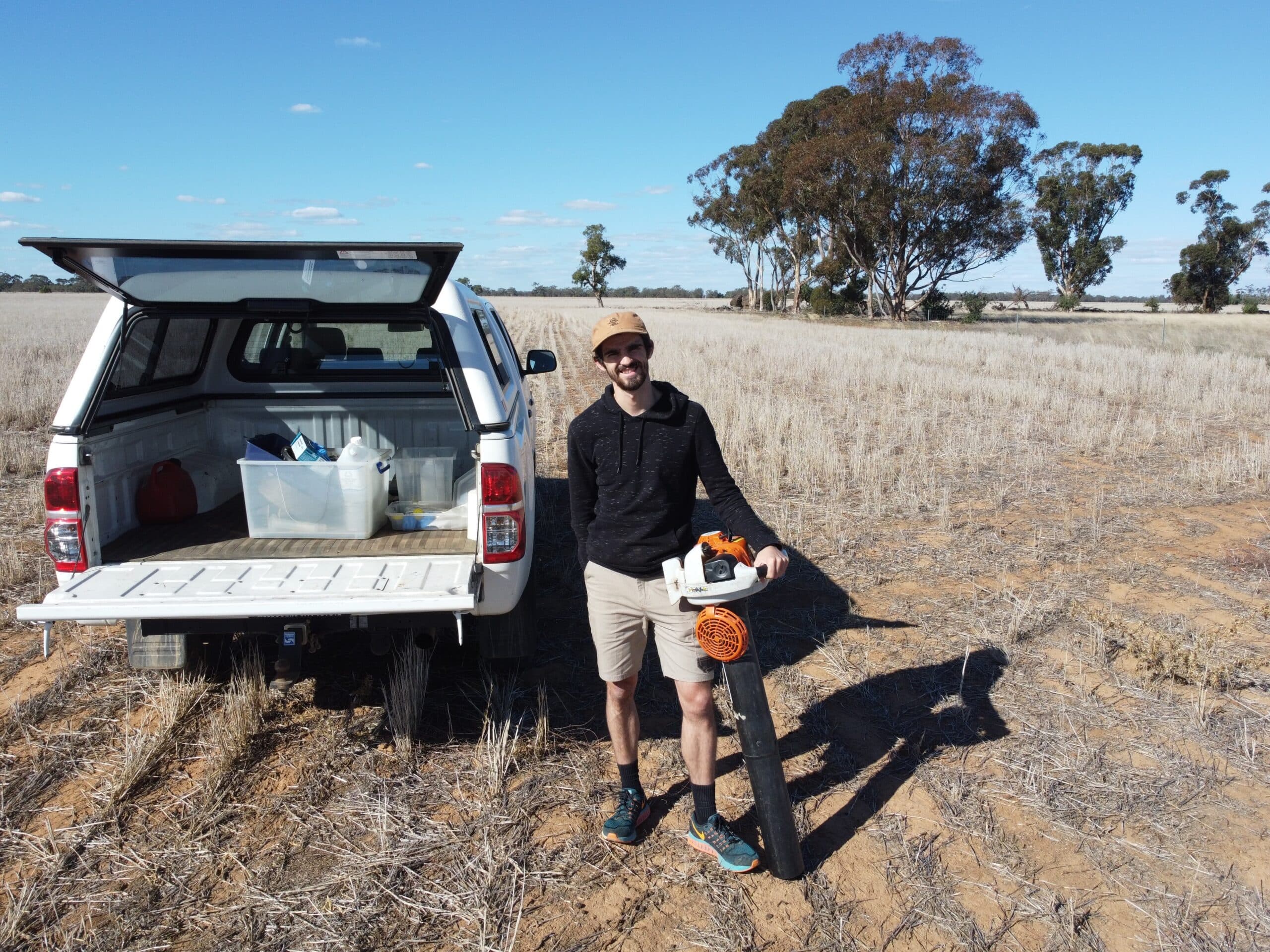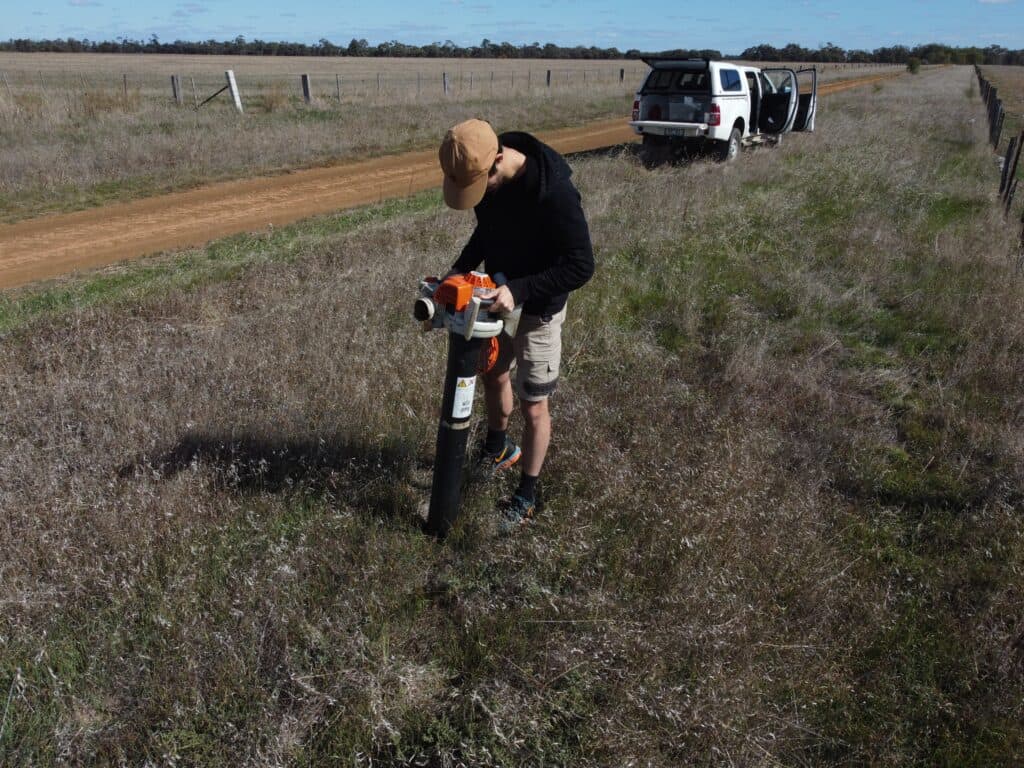AgriFutures Australia Pasture Seeds Program has co-funded a project with the Grains Research and Development Corporation (GRDC) to address “future options for the control of RLEM in Australian crops”, extending this research to pasture seed producers.
Key components of the AgriFutures Pasture Seeds project:
- Broadscale RLEM resistance surveillance
- Exploration of novel synthetic and biological based approaches to RLEM
Initially, the project led by Cesar Australia is surveying farmers and agronomists to better understand how RLEM is managed, including their attitudes towards the pest and the damage it’s inflicting in the paddock.
Complete the surveyThis survey will provide an industry RLEM knowledge baseline, the foundation to which best practice control strategies, such as integrated pest management guidelines and resistance management recommendations, will be developed.
More management options needed
Cesar Australia Research and Extension Scientist, Leo McGrane, said the evolution of RLEM resistance to synthetic pyrethroids and organophosphates means farmers are left with fewer control methods.
He said surveying growers and agronomists, asking how they navigate the complexity of insecticide resistance, will provide insights into RLEM management in different farm systems.
“We are hoping to get an understanding of exactly how they have managed RLEM in the past, whether they’ve had success controlling it and what exactly made it successful in the cases where they were able to manage it,” he said.
“For example, did they use a specific chemical? Or is the mite simply not an issue on their farm? If so, why might that be the case? Are they doing something a bit differently?”
The Australian agricultural industry has management guidelines and strategies for RLEM, including controlling the pest in circumstances where there’s known insecticide resistance.
Mr McGrane said this new industry survey would provide information to update these guidelines and strategies, while also enabling researchers to tailor future research to address current RLEM challenges.
The on-farm toll
Natalie Allen is a farmer and agronomist at Western Ag in South Australia’s south east.
Following suspected RLEM resistance to synthetic pyrethroids, she’s sent samples from lucerne pasture from her family’s grazing property at Tintinara, to Cesar Australia for testing.
Unfortunately, resistance to chemical control has started developing in this region during the past two to three years, according to Ms Allen.
“It’s a big concern, we don’t really have a plan B in available insecticides,” she said.
“One strategy being used is to plant early and higher plant numbers and try to rotate chemicals – integrated pest management strategies.”
“When growers are establishing pastures, they like to monitor the pasture establishment and spray when necessary, so resistance doesn’t become an issue.”
Ms Allen said updated RLEM management strategies and guidelines, outlining best practice, could provide farmers with more certainty about achieving a return on their investment in new pastures.
“It might give us some confidence moving forward that when we spend money, it will be to make money,” she said.
Scott Hutchings is an agronomist at Cox Rural in Keith, South Australia.
He said RLEM had caused issues for farmers establishing annual pastures, legume-based crops, and canola – particularly in the sandier, lighter soils throughout the region.
Insecticide resistance was also a developing concern.
“We have some confirmed resistance and some suspected resistance in the district,” said Mr Hutchings.
“There’s confirmed resistance to alpha-cypermethrin (a synthetic pyrethroid), dimethoate and omethoate (both organophosphates).”
“It will become an increasing issue for us, because there’s very little else registered for use, there’s only a couple of chemical groups registered for control of RLEM by the APVMA.”











